
The Next Trillion Dollar Wave - AI Narrative in Crypto: Who Are the Top Players?
Dec 12, 2024 21:40
Written by TechFlow
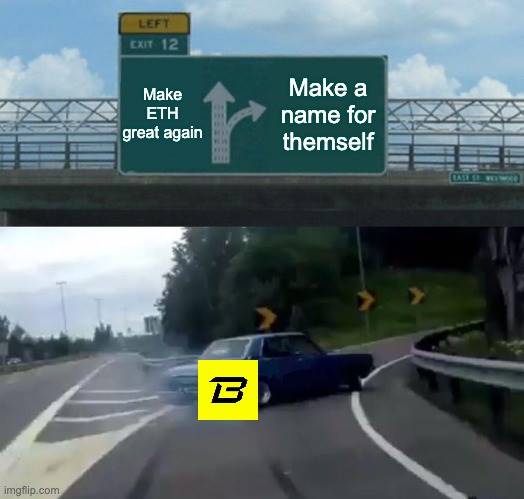
A few weeks back, interest in Blast seemed to dwindle following their airdrop.
But in the crypto world, where the community has eyes everywhere, no detail goes unnoticed.
Just yesterday, sharp observers spotted that Blast had subtly switched its official Twitter handle from @Blast_L2 to simply @Blast.
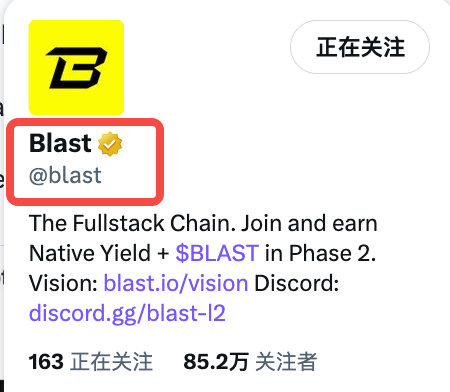
The official account often represents a brand's identity and strategy. A subtle change in a username might seem minor but can indicate a shift in how a company views its position in the market.
While such a small change might not warrant a big announcement, it could very well be part of a larger strategy.
Moreover, Blast's official description now labels it as “The Fullstack Chain”, rather than just an L2 solution, suggesting a shift away from being seen merely as an Ethereum L2.
But what does this mean? Is it merely a branding tactic to differentiate itself, or is it a move towards establishing a standalone blockchain that moves beyond its Ethereum roots?
Undoubtedly, Blast stands out as one of the most adeptly managed L2s in the space, perhaps without any real competition.
Their strategy goes beyond merely boosting popularity through airdrops; the transformation into a full-stack chain is a deliberate move in their stage two development plans.
Official diagrams reveal that this full-stack approach isn't just about processing transactions and logging changes in state.
Blast aims to integrate everything from fiat currency gateways to wallets, Telegram bots, and dApps within its ecosystem, vastly extending its operational reach.
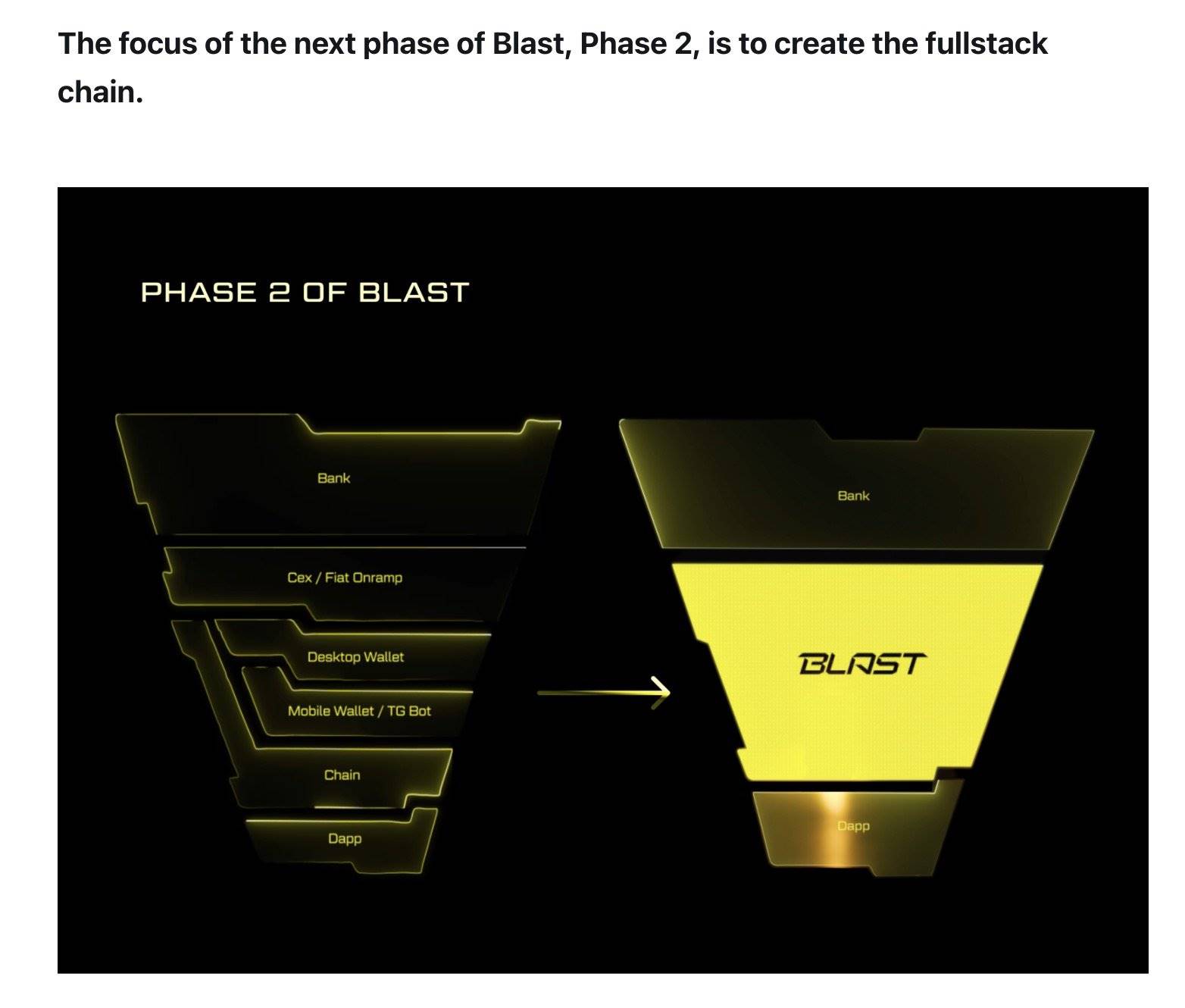
从基建到应用,从资金流到信息流,全部都要分一杯羹的感觉。
不得不说这的确是一个颇具野心且十分合理的战略选择。L2 们长的都差不多,如何让自己更有辨识度,必然需要围绕链周边能够辐射的上下游做建设。
只不过,L2 存在的初衷实际上是帮助以太坊处理性能问题,现在看 Blast 的全栈链举措,已经不仅仅是性能问题这么简单。
帮助自己发展的意味更浓,不过你要反过来说也促进了以太坊用户们的体验,那也没问题。
但从 L2 到全栈链,是意味着自己不做L2要做一个独立的L1吗?
目前看并不是。
在昨天关于这个话题浏览量最高的帖子中,推友 @0xjim 将其解读成 "离开以太坊形成一条单独的链"。
From infrastructure to applications, from managing capital flows to information streams, Blast aims to have a hand in everything.
This strategic choice is ambitious yet makes a lot of sense. Most Layer 2 solutions look similar, so standing out requires building a robust ecosystem around the chain, encompassing both upstream and downstream services.
Initially, the main role of Layer 2 solutions was to help Ethereum address performance issues. However, Blast's shift toward a full-stack chain suggests ambitions that extend well beyond mere performance enhancements.
While it's clear that Blast is prioritizing its own development, one could argue that this also improves the overall user experience on Ethereum.
But does moving from being a Layer 2 to a full-stack chain imply that Blast is planning to transition into an independent Layer 1?
Not necessarily—at least, not yet.
In yesterday's most discussed post on this topic, Twitter user @0xjim suggested that it might mean "moving away from Ethereum to become a separate chain."
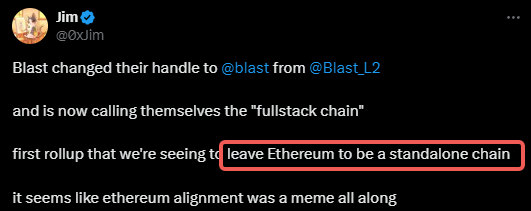
In the comments section, Wang Qiao from Alliance DAO interpreted it as "integration"—meaning Blast aims to have its own funding channels, wallets, and chain-related systems, rather than cutting ties with Ethereum entirely.
Other voices in the community are sharper, suggesting that more rollups might start to claim they are independent chains; not in the sense of establishing themselves as separate Layer 1s, but rather:
"Distancing themselves from the cookie-cutter appearance of today's L2s."
Every Layer 2 starts with grand declarations.
Though their descriptions vary, their goals all aim to "improve Ethereum."
This exactly highlights the relationship between the Layer 2s and Ethereum—Ethereum alignment, becoming an integral part of its ecosystem.
They make your transactions faster, relieve congestion, and expand capacity...
If Layer 1s are portrayed as Ethereum killers, then Layer 2s, including Blast, are intended to be Ethereum’s helpers.
However, the technology used by these assistants has become too homogeneous—be it ZK, OP, or other Rollup services. You can quickly spin up your own Layer 2.
When these helpers start competing among themselves, standing out becomes an obsession.
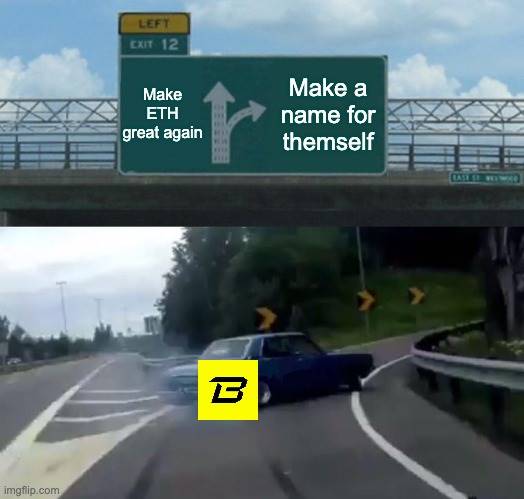
The crypto market's attention and funding are finite, and honestly, most users don't sweat the technical distinctions between L2 solutions. Since the performance outcomes are broadly similar across the board, picking one or two to use is generally enough.
In a landscape where user experiences are uniformly adequate, even a slight edge in brand recognition or public perception can significantly influence success among the multitude of L2 options.
Consequently, you see more and more of these Ethereum helpers, initially launched to "assist Ethereum," veering towards paths that highlight their distinctiveness.
A casual glance through the official accounts of various L2 platforms reveals a consistent theme:
None of them prefer to identify themselves as Ethereum L2s in their descriptions.
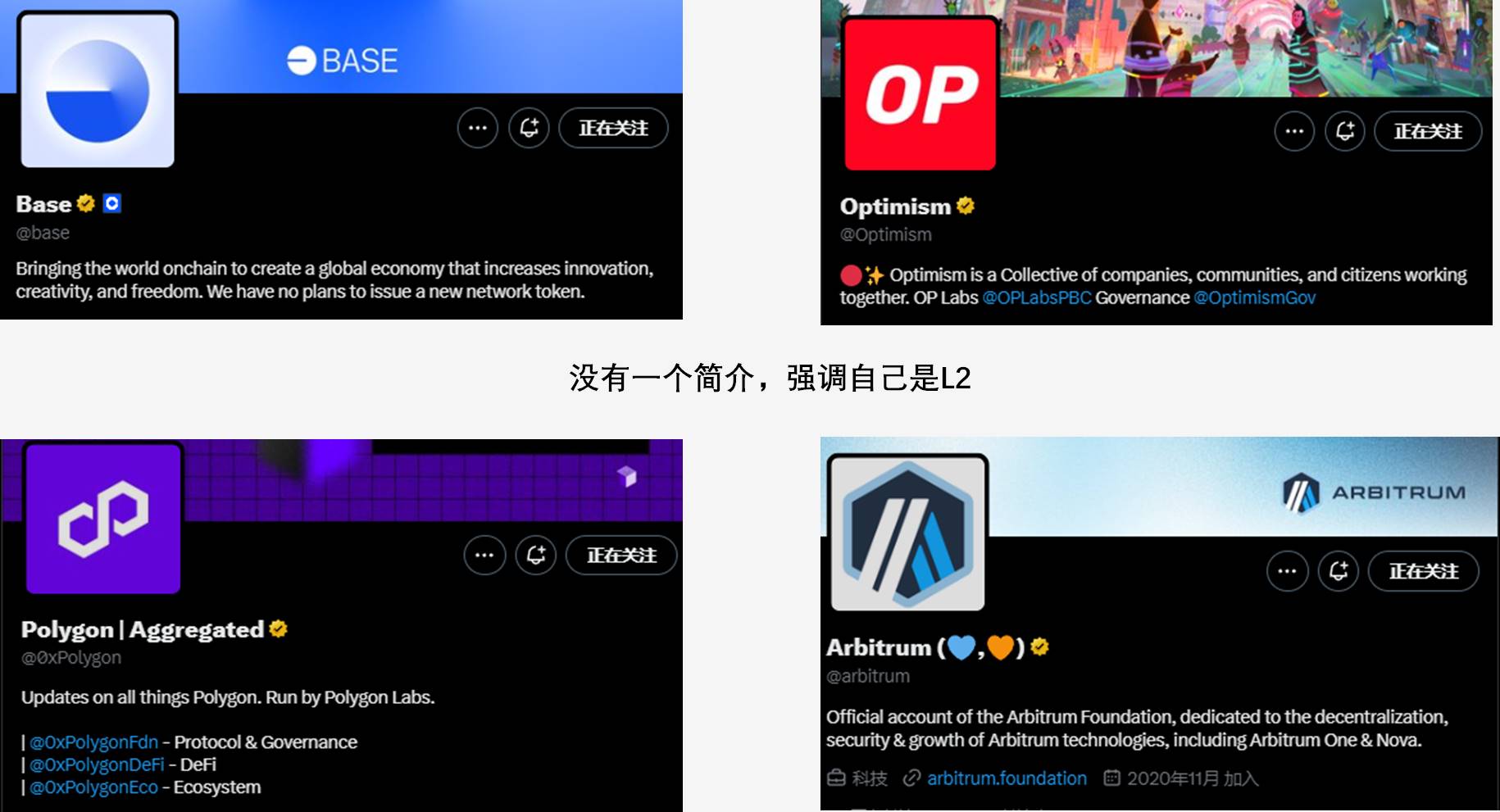
The concept of Ethereum alignment is increasingly resembling a meme.
Ultimately, projects are self-serving; no one is in it just to be a benefactor without expecting something in return.
With this in mind, as you navigate the crypto waters, remember:
Early slogans and narratives are merely tools, not goals.
Recommendation

Opportunity Insight: A Comprehensive Overview of the L2 Movements Ecosystem Following Massive Funding
Jul 07, 2024 14:07
Russia,Bitcoin
From Rubles to Bitcoins: Russias Pivot to Crypto in the Face of Sanctions
Oct 10, 2024 15:33
Korean
Korean Crypto Market Observations: The Great Liquidity Exit Feast
Oct 10, 2024 15:37